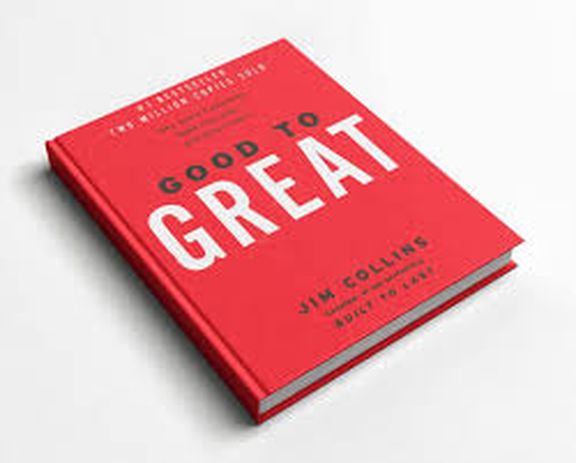Recently, I was discussing some of the key performance challenges too many organizations face. The executives I was speaking with spoke about all the investments they were making in sales enablement—tools, training, programs, content, etc. The results they were getting were OK–but not great. They seemed to be doing many of the right things, but these things weren’t moving the needle as expected.
It’s a pretty common problem, despite our best efforts in training and equipping our people to perform, we just aren’t getting the results we expect or need. In fact, much of the data point to the opposite, quota performance is declining at an alarming rate, while spending in sales enablement is escalating.
As we continued the conversation, I challenged the executives, “How do you know you have the right people in the right jobs?”
Right People, Right Jobs, Stellar Performance
I could tell by the squirming in their seats and their avoidance in looking me in the eye, that I had hit a nerve with each person on the group.
The most important underlying issue is, “Do we have the right people in the right jobs?”

Yet, I’m continually amazed at how casually we treat talent acquisition and management. I look at job descriptions–both for people currently on board and for those we are recruiting. Inevitably, they are updates to the job descriptions the organization has always used. Yet what it takes to be successful in any sales role has changed profoundly in the past five years.
Further aggravating the issue, is these descriptions describe the most base level of capability. Often, I’m surprised that I don’t see the competency, “The ability to fog a mirror.” Most of the job descriptions/responsibilities are that basic.
Layer on top of this, a casual approach to recruiting. Too many managers settling for the best of what they can get, rather than searching for what they need.
Then piling on even further, our onboarding, ongoing development programs, and coaching tend to be hit or miss. They focus on specific issues, crises, but seldom are driven by a systematic road map for developing capabilities in the organization and in the individual.
Simple Tools for Success
Ironically, the tools to help improve this have been available for decades. Perhaps, because they are old school, or because they are such common sense, we overlook them. Perhaps because we are so focused on the crisis in front of us, we don’t take the time to look several steps ahead.
The tools are really basic, they don’t take a lot of time, but they provide the foundation to getting the right people on the bus, getting them in the right seats, and continuing do develop their capabilities to perform at the highest levels possible.
The first is a rich Competency Model for each role in the organization. When I pose this to executives, many say, we have that. In describing these, they start outlining classic sales skills: Prospecting, Qualifying, Closing, Presentation, Industry Knowledge, Strong Track Record, Goal Oriented, etc. As I look from company to company, they look the same–and they can’t, they need to be different, they need to reflect the culture, values, and priorities of the company. They need to dive deep into behaviors and attitudes.
 Email author David Brock ([email protected]) for samples of Sales Competency or RACI models
Email author David Brock ([email protected]) for samples of Sales Competency or RACI modelsWe need to develop rich competency models that look, beyond selling skills, industry knowledge, past experience. We need to leverage these models, not only for hiring, but for onboarding, and ongoing development. These models can be rich tools to leverage as part of an overall performance management and career pathing approach.
The second tool is the old fashioned RACI (Responsible, Accountable, Consulted, Informed) models. Yes, I actually said that. As simple as they are, I see very few organizations leveraging these in impactful ways. Instead, we have numerous overlaps, lack of clarity in responsibilities and accountabilities, finger pointing, things falling through the cracks because there is no clear ownership, and escalating complexity. All this has a terrible impact on sales productivity and costs of selling.
The RACI model is a simple tool to help us define “what the right seats on the bus are.” Rich competency models help us fill those seats with the right people.
Without getting these things right, anything you do afterwards won’t achieve the full potential.
More Info: For samples of Sales Competency or RACI models, just email me at [email protected].
David Brock is president of Partners in EXCELLENCE, a management consulting firm focused on sales productivity, channel development, strategic alliances and more. Read more blogs from Brock here.




